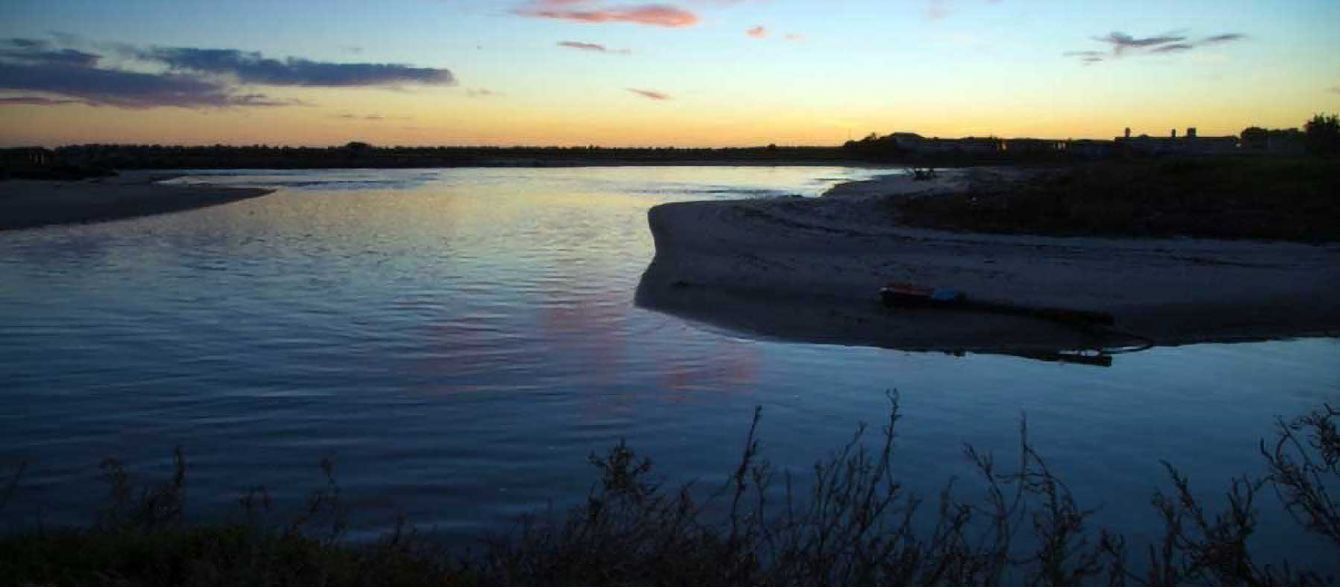Where River Meets Ocean
Oceanographer uncovers the relationship between size and productivity in one of the world’s most complex ecosystems

By Sonia Fernandez
They exist all over the world, are among the most productive ecosystems on Earth and are home to a diverse array of wildlife. They also are essential to the global economy. They are estuaries — coastal embayments where fresh river water and salty ocean water meet.
But this simple definition belies the estuary’s complexity, diversity and importance to human sustainability.
“Estuaries are tricky in that they don’t fit well with terrestrial science or oceanography,” said Nick Nidzieko, a professor in the Department of Geography at UC Santa Barbara. Call them deltas, sloughs, salt marshes, harbors, sounds or bays, estuarine systems are neither fully marine nor fully riverine or riparian. This mixing of characteristics, diversity of habitats and variability in quality have made it difficult for scientists to draw conclusions about how these systems collectively contribute to global processes, particularly with regard to carbon and nutrient cycling through the coastal zone.
“We refer to an ecosystem’s metabolism as the total metabolism of everything in an estuary — all the animals, all the plants,” Nidzieko said. “It is an integrated measure of how much organic carbon is being produced or consumed in a place.” Estuaries, which are important to fisheries, transportation, shipping and wastewater disposal, have largely been studied on an individual basis, he explained, but their combined impact on the ocean’s carbon budget is still something of a black box.